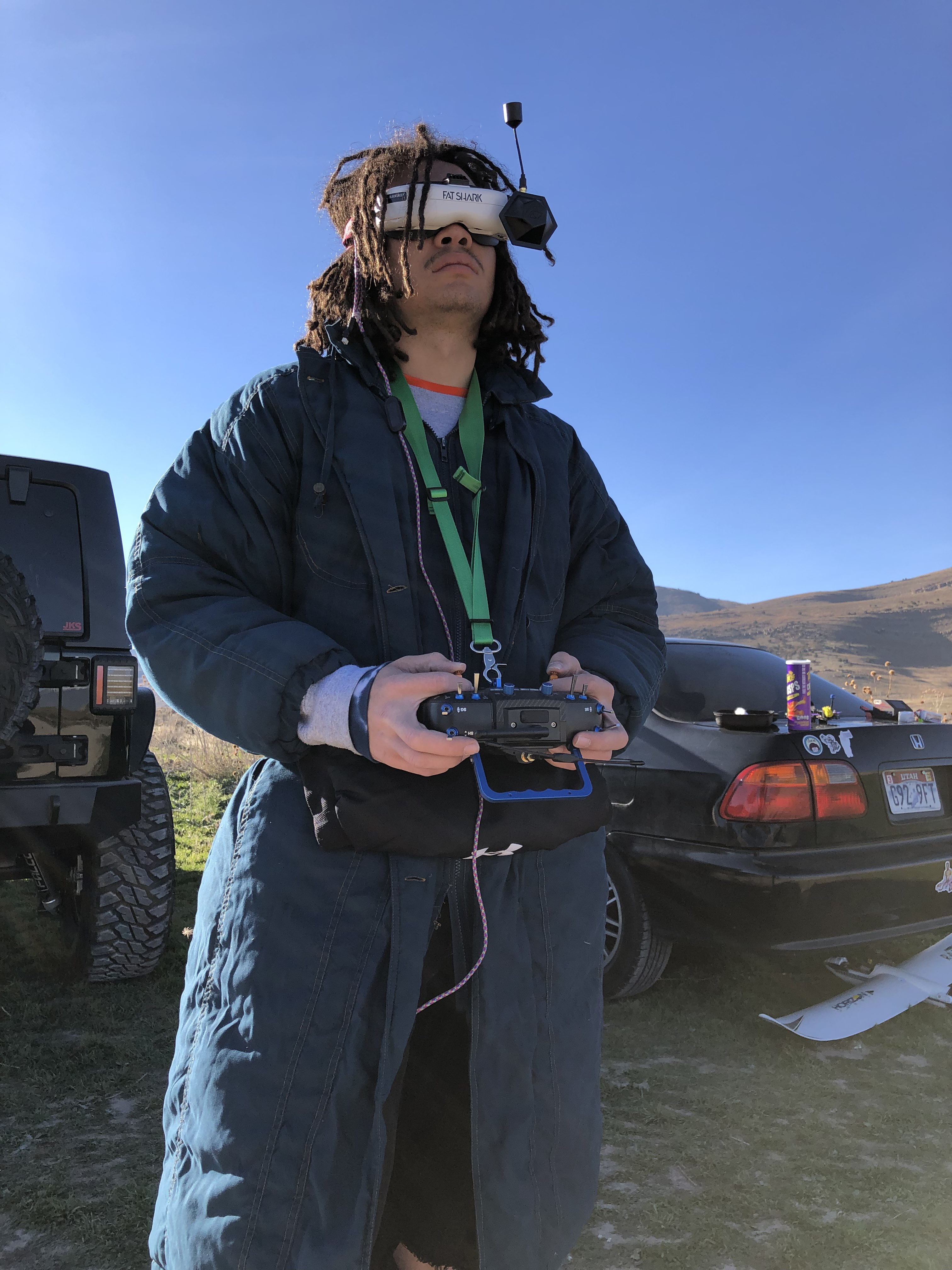Drones

Getting Started
Drones are a great hobby, but it can be difficult to know where to get started. On this page, I aim to give some advice and maybe some of my tips and tricks for getting started in the Drone world. The first thing to note is that there are two basic types of drones I'll refer to:
Photo Drones
Think DJI, Parrot, Autel, etc. These drones typically have intelligent flight modes and limit the pitch and roll (no flips). You might have flown one of these types of drones before. As long as you keep your eye on the drone when it's close to obstacles, they are very easy to fly. In addition, they typically include a built in gimbal and fixed camera.
FPV Drones
These drones use an FPV camera that feeds into goggles worn by the pilot to give a first person view. They typically don't have intelligent flight modes and most people fly in 'acro' mode which means they're in full control of throttle, roll, pitch, and yaw. Flying like this takes a lot more practice, but allows a lot more freedom and mobility in the air.
To decide what drone you'll want/need, you need to decide what you want to do. If your sole purpose is occasionally flying (once a month to a few times a year) or photo / video, you'll likely want a photo drone. These are cheap, work out of the box, and you can get warranties for them. They're fairly hard to crash, easy to fly, shoot great video (at least anything you can buy from dji.com), and come in a range of prices.
If video is not your primary focus, and you prefer to fly for fun/like projects to work on, you'll likely want to go the FPV path. You can shoot great video with FPV too, but it is a lot more work. FPV drones typically don't have gimbals, so you need to make sure your drone is mechanically sound, and even take some further steps to prevent vibration in your videos.
Getting Started with Each Type
DJI/Photo Drones
With these drones, you can pretty much go out on your own to an open field and get to it. If you have a friend or relative who owns a drone or has flown, they can help you out and save you a lot of time. Unfold your props, turn on your remote and make sure your phone is connected with the app running, then turn on your drone.
FPV Drones
With FPV Drones, the approach is a bit more involved. I'd recommend checking out a lot of the videos I've linked around this page to make sure that it's really for you as there will be some cost involved. First and foremost, you'll want to buy a remote before anything else, in order to be able to sim (simulate) on your computer.
Knowledge Resources
-
Joshua Bardwell
FPVKnowitAll Website, YouTube Channel: Bardwell can literally teach you everything you need to know about FPV and then some. To say the guy is the father of FPV is an understatement.
-
UAVTech
Source for tuning and deeper understandings of PIDs, etc. Another great channel for information and knowledge, though usually highly technical.
-
Oscar Liang
Great site for when you're not in the video mood. Covers a huge range of info, also if you're dealing with something 'out of fashion' there is a good chance Oscar has covered it and still has an article up.
-
Painless360
A range of informative videos on various RC things. Check him out as well.
-
Utah FPV Discord
(looking for link): A good place for utah pilots. Ask questions, organize, etc. I'm not a member of this server, but I'd recommend keeping non-fpv and especially political talk to a minimum.
Pilots to check out!
Useful Links
- Pyrodrone (fastest shipping to Midwest, located in CA)
- RDQ (fastest shipping Mid..east? located eastcoast)
- Velocidrone
- TBS Agent M
- BQE
- 107 Course I took
- My Youtube
Contact Email: [email protected]